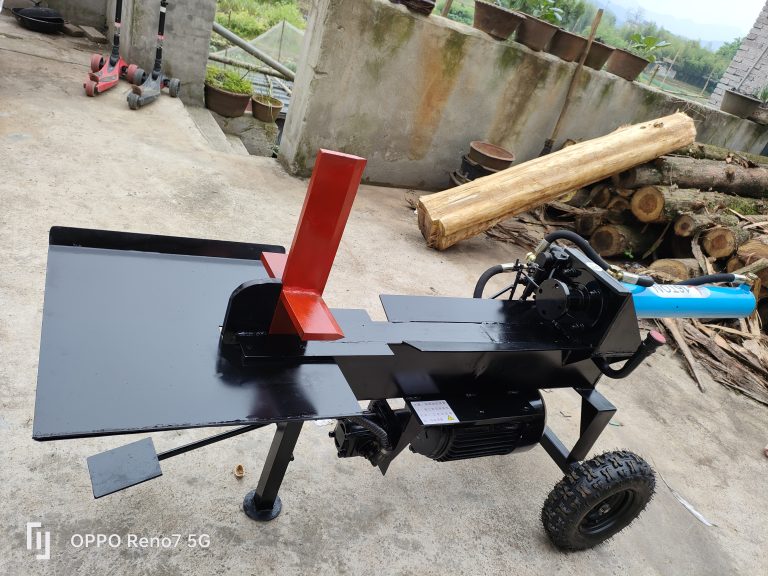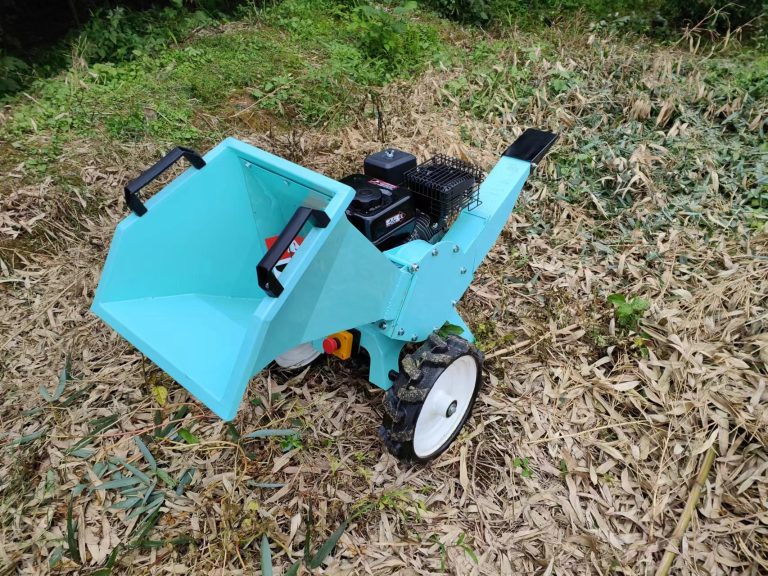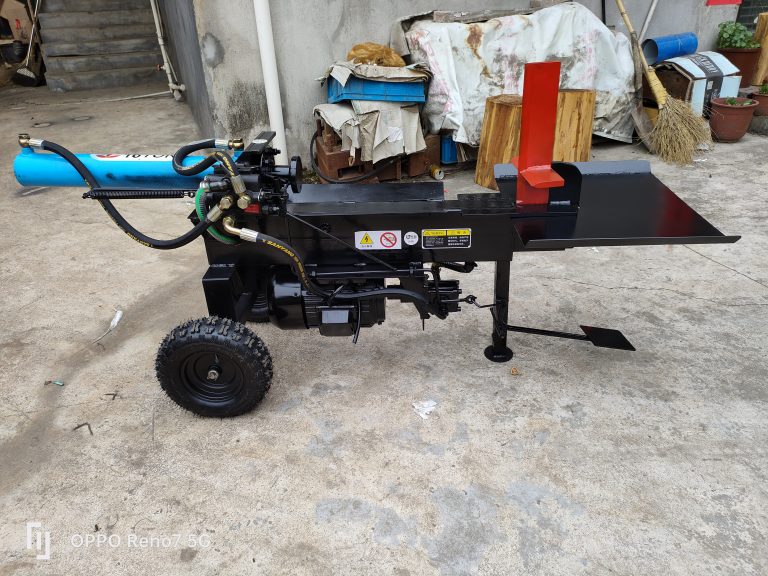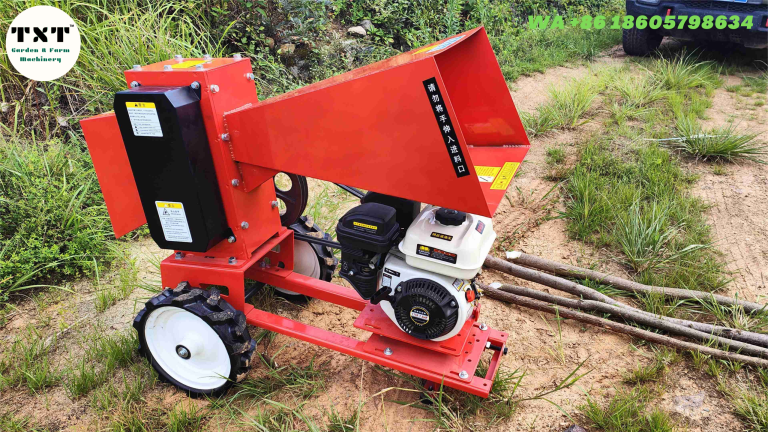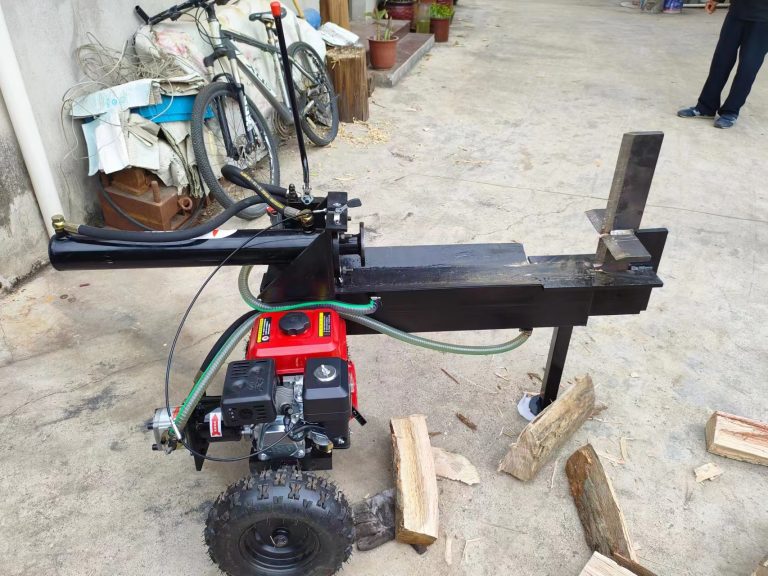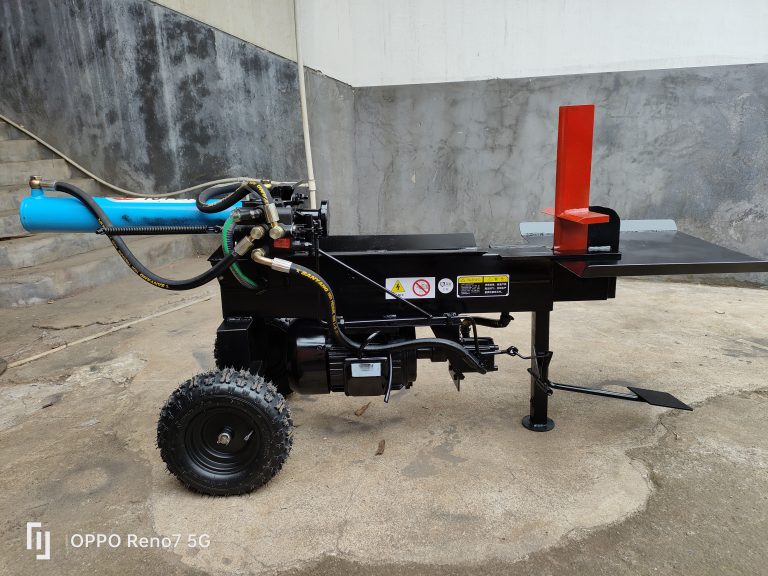Reasons for Slow Performance of Wood Splitter
If you have noticed that your wood splitter is performing slower than usual, there could be several reasons for this issue. A wood splitter is a valuable tool for anyone who needs to split large amounts of wood efficiently, so it is important to address any performance issues promptly. In this article, we will explore some common reasons why your wood splitter may be running slowly and provide some tips on how to troubleshoot and resolve these issues.
One possible reason for a slow wood splitter is a dull or damaged blade. Over time, the blade on your wood splitter can become dull from repeated use, which can cause it to struggle to cut through the wood effectively. If you notice that your wood splitter is taking longer than usual to split wood or if the wood is not splitting cleanly, it may be time to sharpen or replace the blade. Keeping your blade sharp and in good condition is essential for maintaining the efficiency and performance of your wood splitter.
Another common reason for a slow wood splitter is low hydraulic fluid levels. Hydraulic fluid is essential for powering the hydraulic system that drives the splitting wedge on your wood splitter. If the hydraulic fluid levels are low, the system may not be able to generate enough pressure to split the wood efficiently. Check the hydraulic fluid levels in your wood splitter and top it up if necessary. It is also a good idea to inspect the hydraulic hoses and connections for any leaks or damage that could be causing a loss of pressure.
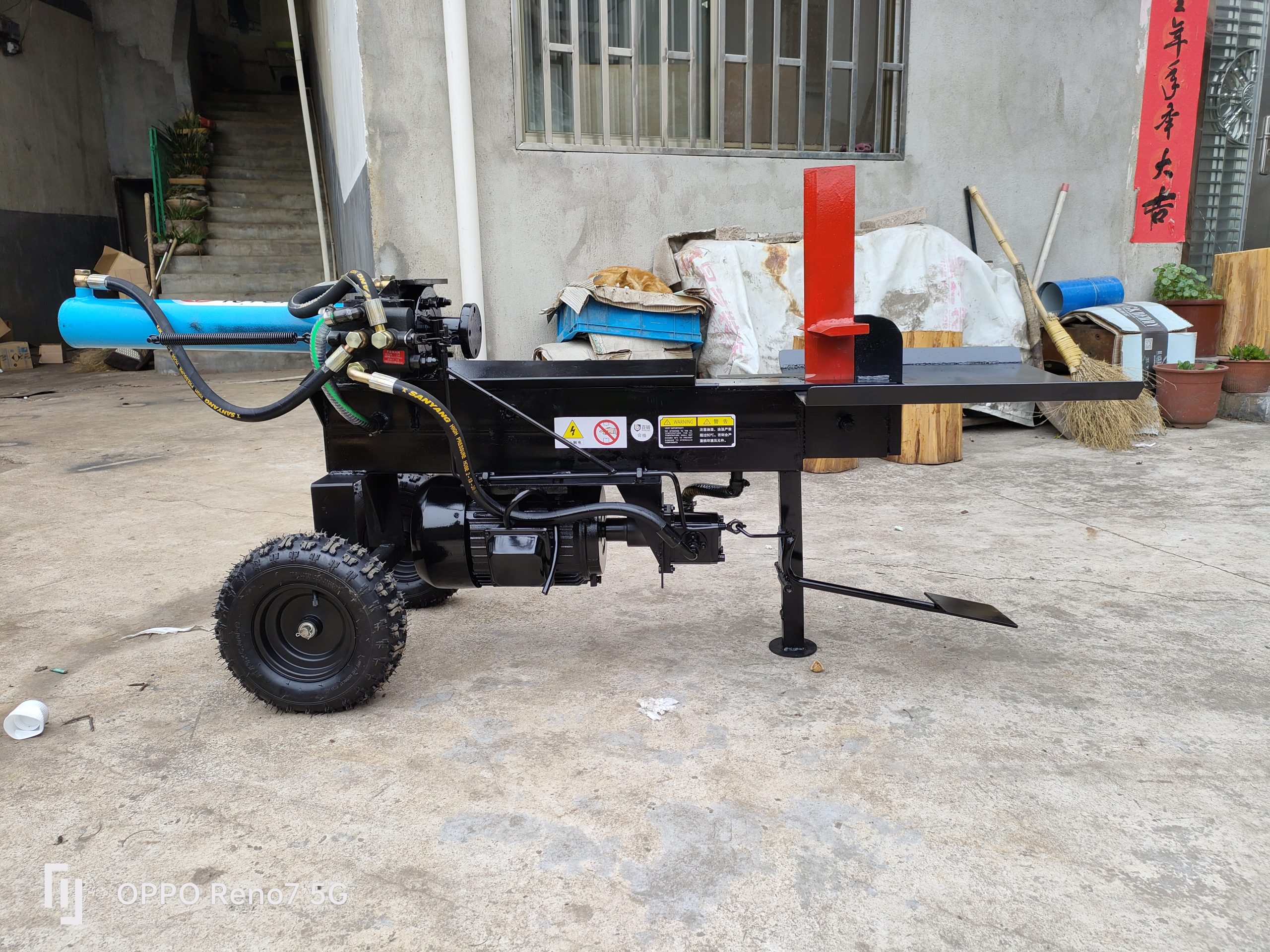
In addition to blade and hydraulic issues, a clogged or dirty filter can also cause your wood splitter to run slowly. The filter on your wood splitter is designed to trap debris and contaminants that could damage the hydraulic system. If the filter becomes clogged, it can restrict the flow of hydraulic fluid and cause the wood splitter to operate inefficiently. Regularly inspect and clean or replace the filter on your wood splitter to ensure that it is functioning properly.
| Applicable Industries | Farms, Home Use, Retail, Construction works , Forestry and Garden |
| Type | Wood splitter |
| Power Type | Gasoline/Petrol/Diesel/E-power |
| Splitting Force | 2tons/5tons/10tons/16tons/22tons |
| Maximumn trunk length: | 60cm |
| Maximmn trunk Dia: | 35-55cm |
| Max. Output: | 7.5HP/15HP |
| Applicable Industries | Farms |
| Type | Wood splitter |
| Power Type | Gasoline |
| Splitting Force | 2tons |
| Maximumn trunk length: | 60cm |
| Maximmn trunk Dia: | 35-55cm |
| Max. Output: | 7.5HP/15HP |
Furthermore, the engine on your wood splitter may be another culprit for slow performance. If the engine is not running at full capacity or if it is struggling to generate enough power, the wood splitter may not be able to split wood as quickly as it should. Check the spark plugs, air filter, and fuel system on your wood splitter to ensure that the engine is running smoothly. Regular maintenance and tune-ups can help keep your wood splitter running at peak performance.

